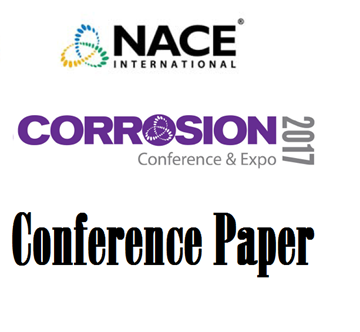Search
Products tagged with 'pipelines'
View as
Sort by
Display
per page
SP0502-2010, Pipeline External Corrosion Direct Assessment Methodology
Product Number:
21097-SG
ISBN:
1-57590-156-0
Publication Date:
2010
$109.00
Techniques for Inspecting Wall Thickness Metal Loss of Pipelines under Nonmetallic Sleeves
Product Number:
MPWT19-14377
Publication Date:
2019
$0.00
Technology for Chemical Cleaning of Industrial Equipment, 2nd Edition
Product Number:
37634-POD
ISBN:
978-1-57590-367-5
$148.00
The AC Close Interval Survey and Other Common AC Measurement Errors
Product Number:
51317--9455-SG
ISBN:
9455 2017 CP
Publication Date:
2017
$20.00
The Role of the Soil-Plant-Atmospheric System in Underground Corrosion Rates
Product Number:
51321-16422-SG
Publication Date:
2021
$20.00
The Sacrificial Anode Cathodic Protection of Prestressed Concrete Pipelines
Product Number:
87318
Publication Date:
1987
$20.00
TM0101-2012-SG Measurement Techniques Related to Criteria for Cathodic Protection of Underground Storage Tank Systems
Product Number:
21240-SG
ISBN:
1-57590-137-4
Publication Date:
2012
$109.00
TM0115-2015, “Cathodic Disbondment Test for Coated Steel Structures under Cathodic Protection”
Product Number:
21269-SG
Publication Date:
2015
$179.00
TM0172-1986, Antirust Properties of Cargoes in Petroleum Product Pipelines
Product Number:
53013-HD1986
Publication Date:
1986
$179.00
TM0172-HD1993-SG Determining Corrosive Properties of Cargoes in Petroleum Product Pipelines-HD1993
Product Number:
21204-HD1993
Publication Date:
1993
$179.00
TM0186-1985, Holiday Detection of Internal Tubing Coatings of 10 to 30 Mils (0.25 to 0.76 mm) Dry Film Thickness
Product Number:
53057-HD1985
Publication Date:
1985
$179.00
TM0298-2015-SG “Evaluating the Compatibility of FRP Pipe and Tubulars with Oilfield Environments”
Product Number:
21233-SG
ISBN:
1-57590-061-0
Publication Date:
2015
$109.00












